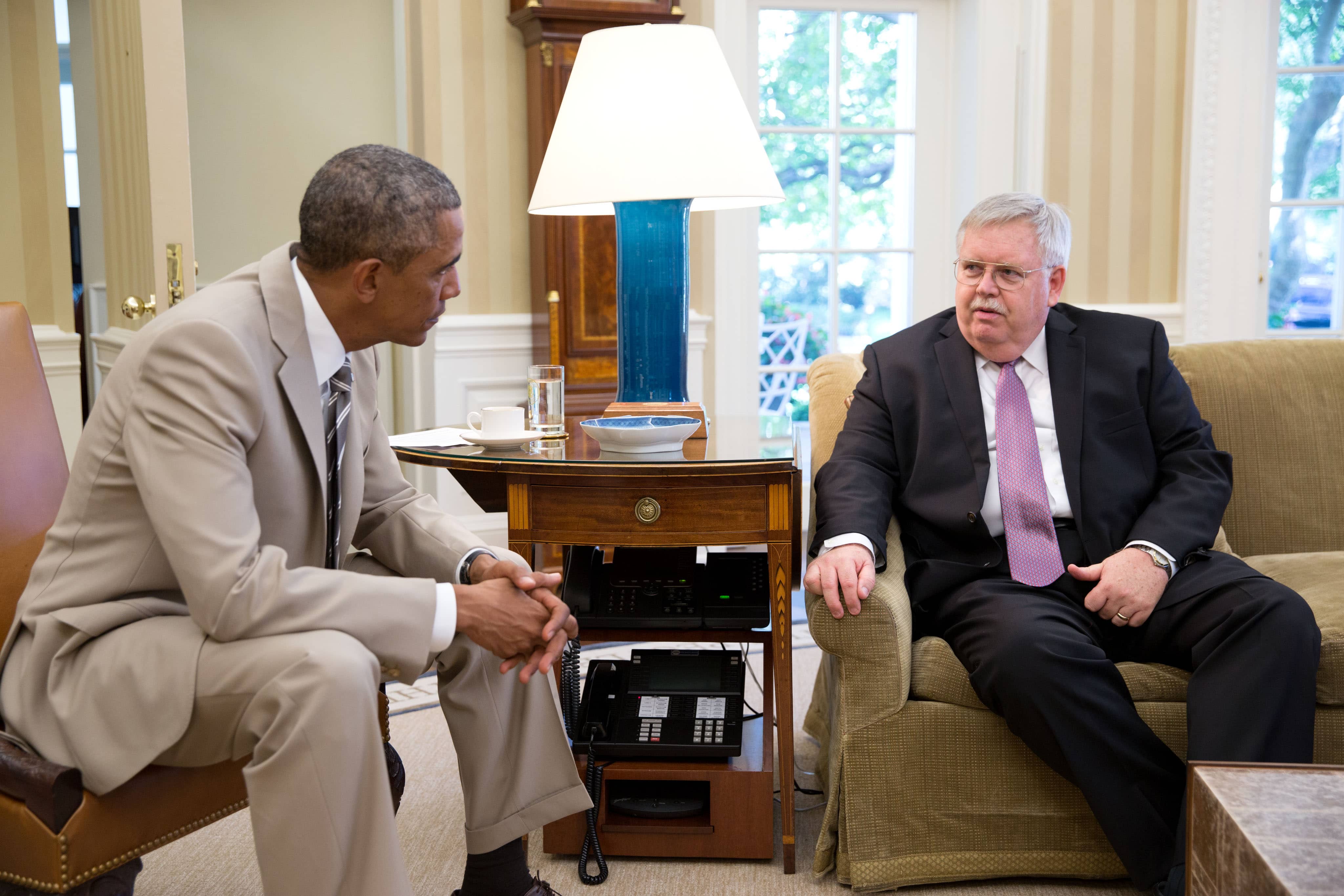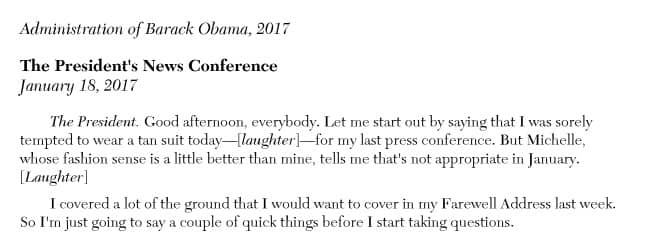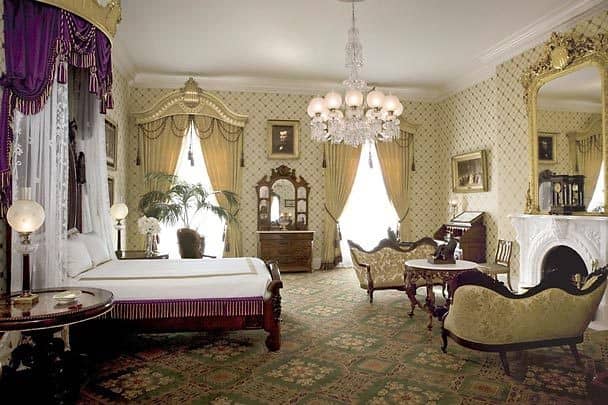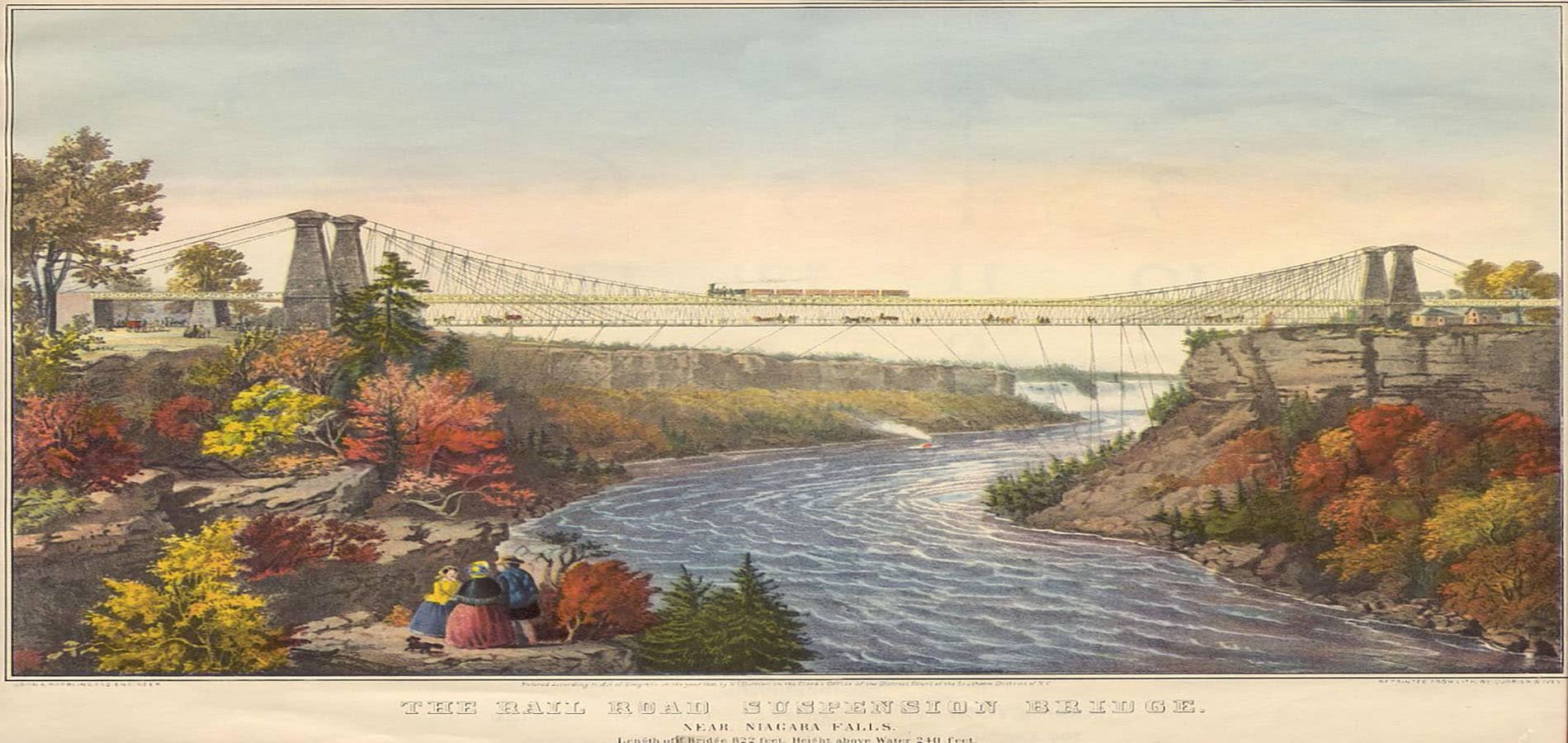There are many scandals that come to mind when thinking about past presidents, such as Watergate or the Clinton-Lewinsky scandal. But what about the lesser-known events that still shadow some of our nation’s most prominent figures? Let’s use HeinOnline to filter through the gossip and learn more about the unusual controversies—from vegetable preferences to fashion choices—that caught the attention of the media and public.
1. A Distaste for Broccoli
In the 1990s, President George H.W. Bush not only revealed his distaste for broccoli but banned the vegetable from being served in the White House and on Air Force One. The U.S. News and World Report broke the story about Bush’s stance on broccoli and caused a stir, especially amongst farmers and broccoli lovers.
In a news conference held on March 22, 1990, Bush provided a statement on broccoli: “Now, look, this is the last statement I’m going to have on broccoli. [Laughter] There are truckloads of broccoli at this very minute descending on Washington. My family is divided [Laughter] I do not like broccoli. [Laughter] And I haven’t liked it since I was a little kid, and my mother made me eat it. And I’m President of the United States, and I’m not going to eat any more broccoli. [Laughter]“[1]George H. W. Bush, President’s News Conference – March 22, 1990, The, 1990 Pub. Papers 404 (1990). This document can be found in HeinOnline’s U.S. Presidential Library.
According to a 1990 LA Times article, California Broccoli Shippers sent a 10-ton truckload of broccoli to the White House after hearing Bush’s opinion on the vegetable. The broccoli discussion didn’t lose steam throughout the years either. In 2016, Bush featured a letter on his Twitter account, now known as X, that was sent to him from a young broccoli fan.
Proud of young Cooper's interest in healthy eating. His declared love of broccoli is genuine, if also unpersuasive. pic.twitter.com/r5wHKvigDb
— George Bush (@GeorgeHWBush) June 25, 2016
Those interested in learning more about the broccoli scandal can check out the podcast One Year’s episode “1990: Bush vs. Broccoli.”
2. You Can’t Return the Family Dog
On September 23, 1952, future President Richard Nixon delivered a television address that is known today as the “Checkers” speech. The speech was named after his black and white spotted Cocker Spaniel who just happened to steal the show. At the time, Nixon was running as the vice-presidential candidate and “had been accused of appropriating for his own personal use eighteen thousand dollars contributed to his campaign fund.”[2]M.T.W. Arnheim, Silk, Stuff and Nonsense, 101 S. AFRICAN L.J. 376 (May 1984). This document can be found in HeinOnline’s Law Journal Library.
He appeared on prime-time network television to defend his “honesty and integrity,”[3]W. John Thomas, Play it again, Hillary: A Dramaturgical Examination of a Repeat Health Care Plan Performance, 19 STAN. L. & POL’y REV. 283 (2008). This document can be found in HeinOnline’s Law Journal … Continue reading and detail his financial life history to the American public. During his speech, he admitted to accepting one gift, Checkers, and adamantly stated that he would not be returning the family dog.
“And believe it or not, the day before we left on this campaign trip we got a message from Union Station in Baltimore, saying they had a package for us. We went down to get it. You know what it was? It was a little cocker spaniel dog in a crate that he’d sent all the way from Texas, black and white, spotted. And our little girl Tricia, the six-year-old, named it ‘Checkers.’ And you know, the kids, like all kids, love the dog, and I just want to say this, right now, that regardless of what they say about it, we’re gonna keep it.”
The speech has been analyzed and even applauded due to its placement of Checkers towards the very end and for the prose rhythms of that passage.[5]George D. Gopen, A Dog in Time: The Extraordinary Success of Richard Nixon’s 1952 “Checkers” Speech, 48 LITIGATION 15 (Spring 2022). This document can be found in HeinOnline’s ABA Law Library Collection … Continue reading You can listen to the full “Checkers” speech below on YouTube.
3. “The Audacity of Taupe”
The fashion trends of celebrities, such as Adam Sandler and his baggy sweats, pop up on social media platforms and even become memes. But what happens when you bring a president’s style choice into the mix? More than 10 years ago, President Barrack Obama wore a tan suit and sparked a media frenzy. The controversy went viral across the Internet on August 28, 2014.
Obama wore the light-colored suit to a news conference where he discussed the U.S. military response to the Islamic State of Iraq and Syria (ISIS). According to a Washington Post article, Rep. Peter T. King (R-N.Y.) said the suit pointed to a “lack of seriousness” on the president’s part. At the time, reporters and commentators also started to use puns in response to the suit like “Yes we tan” and “the Audacity of Taupe.” Many felt that a dark-colored suit—like a dark blue or black—would have been more appropriate while others didn’t think twice about the choice or if it warranted any kind of disapproval.

Although he received backlash from the media, Obama would make light-hearted cracks about the suit in his remarks at awards dinners[6]2014 Pub. Papers 1240 (2014). This document can be found in HeinOnline’s U.S. Presidential Library. and news conferences.[7]Administration of Barack Obama, 2017 The President’s News Conference, Daily Comp. Pres. Docs. 1 (2017). This document can be found in HeinOnline’s Federal Register Library.

4. A Stay in Lincoln’s Bedroom
To raise funds for his 1996 reelection campaign, reports have claimed that President Bill Clinton used the White House as a perk to entice donors. He personally invited guests to spend the night in the Lincoln Bedroom, which is part of a guest suite in the southeast corner of the second floor of the White House in Washington, D.C.
During the late 1990s, the Thompson Committee uncovered that access to the White House was being “sold” and that the Lincoln Bedroom was a prime example. The room had been rented out to large soft money donors. “Soft money donations are given in such huge amounts—$50,000, $100,000 or more—that donors typically expect to receive something in return for investments of this magnitude.”[8]Donald J. Simon, Beyond Post-Watergate Reform: Putting an End to the Soft Money System, 24 J. LEGIS. 167 (1998). This document can be found in HeinOnline’s Law Journal Library.

According to a 1996 Washington Post article, “one California donor who stayed with his son in the Lincoln Bedroom said the president, dressed in a tuxedo, knocked on the door at midnight, found them watching a videotape on the White House and proceeded to give them a personal, two-hour tour of it.”
While controversy surrounded this particular use of the Lincoln Bedroom, no charges were ever brought by the U.S. Department of Justice in connection with the matter.
5. The Scandalous “Halpin Affair”
In the summer of 1884, the Buffalo Evening Telegraph printed a scandal that attracted readers who would be heading to the polls that November. The story, which centered around then presidential nominee Grover Cleveland, claimed that Cleveland had fathered an illegitimate child in 1874 with a widow named Maria Halpin.

Although Cleveland had his doubts regarding the child’s paternity, he eventually took responsibility for the pair out of his own sense of duty.[10]Mark Wahlgren Summers. Rum, Romanism, and Rebellion: The Making of a President, 1884 (2000). This document can be found in HeinOnline’s UNC Law Press Publications. He also provided monetary support for both Halpin and the child, who Halpin had named Oscar Folsom Cleveland. At the time, Halpin was considered “neglectful” and a “heavy drinker.”[11]Philip J. Wickser. Grover Cleveland: His Character, Background and Legal Career (1947). This document can be found in HeinOnline’s Legal Classics Library. She was taken to the Providence Asylum, an institution run by the Sisters of Charity in Buffalo, New York, while her son was sent to the Protestant Orphan Asylum for his own alleged safety. When Halpin employed an attorney and failed to obtain possession of Oscar, she tried to kidnap him in 1876.[12]Philip J. Wickser. Grover Cleveland: His Character, Background and Legal Career (1947). This document can be found in HeinOnline’s Legal Classics Library. This did not work in her favor as former county Judge Roswell L. Burrows intervened and there was a final commitment of the child to the Protestant Orphan Asylum.
According to an article in the Smithsonian Magazine, Oscar Folsom Cleveland was later adopted by the Providence Asylum’s Dr. King and raised in Buffalo separate from his birth mother.
There’s Two Sides to Every Story
Research shouldn’t stop after reading a juicy headline. You can discover more facts by perusing the U.S. Presidential Library. The database includes messages and papers of the presidents, daily and weekly compilations of presidential documents, public papers of the presidents, documents relating to impeachment and the electoral college, in addition to other related works.
Also, be sure to subscribe to the HeinOnline Blog to read about more interesting topics and keep up to date on the latest tools and databases available in HeinOnline.
HeinOnline Sources[+]
| ↑1 | George H. W. Bush, President’s News Conference – March 22, 1990, The, 1990 Pub. Papers 404 (1990). This document can be found in HeinOnline’s U.S. Presidential Library. |
|---|---|
| ↑2 | M.T.W. Arnheim, Silk, Stuff and Nonsense, 101 S. AFRICAN L.J. 376 (May 1984). This document can be found in HeinOnline’s Law Journal Library. |
| ↑3 | W. John Thomas, Play it again, Hillary: A Dramaturgical Examination of a Repeat Health Care Plan Performance, 19 STAN. L. & POL’y REV. 283 (2008). This document can be found in HeinOnline’s Law Journal Library. |
| ↑4 | George D. Gopen, A Dog in Time: The Extraordinary Success of Richard Nixon’s 1952 “Checkers” Speech, 48 LITIGATION 15 (Spring 2022). This document can be found in HeinOnline’s ABA Law Library Collection Periodicals. |
| ↑5 | George D. Gopen, A Dog in Time: The Extraordinary Success of Richard Nixon’s 1952 “Checkers” Speech, 48 LITIGATION 15 (Spring 2022). This document can be found in HeinOnline’s ABA Law Library Collection Periodicals. |
| ↑6 | 2014 Pub. Papers 1240 (2014). This document can be found in HeinOnline’s U.S. Presidential Library. |
| ↑7 | Administration of Barack Obama, 2017 The President’s News Conference, Daily Comp. Pres. Docs. 1 (2017). This document can be found in HeinOnline’s Federal Register Library. |
| ↑8 | Donald J. Simon, Beyond Post-Watergate Reform: Putting an End to the Soft Money System, 24 J. LEGIS. 167 (1998). This document can be found in HeinOnline’s Law Journal Library. |
| ↑9 | M.B. Schnapper. Grand Old Party (1955). This document can be found in HeinOnline’s Legal Classics Library. |
| ↑10 | Mark Wahlgren Summers. Rum, Romanism, and Rebellion: The Making of a President, 1884 (2000). This document can be found in HeinOnline’s UNC Law Press Publications. |
| ↑11, ↑12 | Philip J. Wickser. Grover Cleveland: His Character, Background and Legal Career (1947). This document can be found in HeinOnline’s Legal Classics Library. |



